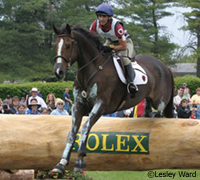 Demands placed on high-performance horses couldn’t be more varied, from reining spins to cross-country jumping. But there are lots of similarities in the way horses at the highest levels of equestrian sports are managed—and that includes the basic principles of nutrition.
Demands placed on high-performance horses couldn’t be more varied, from reining spins to cross-country jumping. But there are lots of similarities in the way horses at the highest levels of equestrian sports are managed—and that includes the basic principles of nutrition.
Like a machine, the horse’s body needs the right kind of fuel to do the work required. Without the right balance of nutrients to fuel his body, he can’t perform at the highest level that his genetics and training might otherwise allow. Therefore, it’s crucial to deliver a diet that is appropriate to the level of work the horse is doing.
Let’s have a look at some of those key ingredients and the role they play in the life of a high-performance horse.
Nutrients
Energy (Calories)
In the wild, horses have to glean all of their energy needs from the tough grasses growing on the plains. That requires many hours of dedicated grazing each day just to gather enough calories to fuel their wandering existence. But wild horses don’t exert themselves more than they need to, apart from fleeing from the occasional predator.
Domesticated high-performance equine athletes have energy needs on quite another level. Trained to exert themselves, they work harder and have more extreme calorie needs as a result, so we have found ways to deliver concentrated energy to them in their diets.
Carbohydrates
Carbohydrates provided by grains are the traditional answer, and in many ways they’re still the best. Carbohydrates are highly ergogenic, meaning that they support or stimulate athletic performance by supplying a serious energy boost. The downside is that the equine digestive system is poorly adapted to digesting large quantities of starch: If you feed a horse too much grain in one sitting, his intestinal tract may go into a dangerous fermentative overload, possibly leading to colic or laminitis.
Protein
There’s a persistent misunderstanding about protein as an energy source. The primary function of protein is to supply amino acids for the growth and repair of tissues. In a pinch, the horse’s body can convert protein to energy, but it’s a very poor way to fuel the muscles because the breakdown of protein molecules releases very little energy. Higher protein diets don’t fuel an adult horse for performance any better than lower protein ones, and they’re often more expensive. Even in conditions of maximum exertion, a horse’s protein requirements don’t increase by more than a single percentage point.
Fat
Dietary fats are another matter. Fats are an even more concentrated energy source than grain. A pound of fat supplies two and a half times as many calories as a pound of carbohydrates, so you can deliver lots of fuel without lots of bulk in the feed tub. Furthermore, fat is easily metabolized in the small intestine—much more easily than grain, in fact. Studies have shown that as much as 20 percent fat in the diet is tolerated well by horses, with no ill effects noted.
Fat-supplemented diets lower the amount of heat production in the horse’s gut caused by the bacterial fermentation of a high-fiber diet. This minimizes the horse’s heat load and makes more energy available for physical activity—sometimes as much as 60 percent more.
So why can’t we completely eliminate carbohydrates from the diet of a high-performance horse? For one, horses will only consume so much fat before palatability becomes an issue. Even at a level of 10 percent fat in the total diet, you might have difficulty getting your horse to eat his dinner.
Secondly, although fat is a concentrated energy source, it’s not a very versatile one. The horse’s system can only burn it to fuel with one type of energy pathway: aerobic metabolism, the energy-burning system the body uses to fuel the muscles for long-term work at lower levels of exertion. Carbohydrates, on the other hand, can fuel both aerobic and anaerobic metabolism. Anaerobic metabolism is the energy pathway used to fuel high-intensity bursts of speed or effort. Most high-performance horses draw upon both energy systems during the course of their performance. Therefore, the optimum diet provides some of each energy source.
Other Essentials
Fiber
Even when the aim is to deliver a high-octane diet, it’s important to keep the focus on fiber. Elite equine athletes are still grazing animals, designed to digest and run on fibrous plants. To ignore that need is to court disaster. Studies on young Thoroughbred racehorses have demonstrated an increased risk of gastric ulcers in those fed less than 50 percent of their diet in fiber, and colic is also a dangerous possibility.
Although turnout on grass can be a rare luxury for a horse in intense training, fiber can be provided in the form of high-quality hay, soaked beet pulp, hay cubes, or any combination of these.
Water
Perhaps the most crucial nutrient for high-performance horses is the one that we’re most likely to overlook. For frequent or prolonged physical activity of any kind, the most important nutrient a horse needs is water.
In times of severe exertion, a horse can lose up to half of his body’s total protein and virtually all of his fat stores before he is in trouble, but a loss of only 15 percent of his body’s hydration can be fatal. When an exercising horse loses water through sweating, he also loses electrolytes (salts and trace minerals that support many of the body’s normal functions). Sweating helps the horse dissipate the heat generated by converting nutrients into energy; however, without enough water and electrolytes in his system, the horse’s body can’t perform this job of internal cooling effectively, so he overheats and performance stops.
Electrolytes
Sodium, chloride, potassium, calcium and magnesium are the main components of what we collectively call electrolytes, and their depletion can have serious consequences for a hard-working horse. A sweat-induced drop in blood chloride levels may result in alkalosis, a condition that inhibits respiration and thus makes it harder for the horse to expel carbon dioxide or bring in oxygen. Without oxygen, the aerobic energy system cannot continue to function, and the horse quickly becomes fatigued.
If blood potassium levels drop, muscle strength and tone may be compromised. And both sodium and potassium deficits can contribute to loss of appetite and thirst, which further decrease the water and food intake necessary to correct the imbalances and energy depletion.
Prolonged sweating can also trigger a decrease in the body’s calcium and magnesium, which in severe cases can cause anxiety, muscle twitching and tension, loss of coordination, tying up and synchronous diaphragmatic flutter, known in the endurance world as “thumps.”
Preventing electrolyte losses is difficult because there are no body stores of these minerals, and excesses from the diet are rapidly excreted in the urine. The best strategy is to provide clean drinking water at frequent intervals, hay for potassium, a salt block for sodium and chloride, and administer electrolyte solutions or pastes if necessary.
To some extent, eating forage—especially hay—helps maximize the amount of water and electrolytes in the gastrointestinal (GI) tract, making them available to replenish what is lost during prolonged exercise. Forage helps trap water and trace minerals in the gut, helping to maintain a good fluid balance.
However, sometimes a full stomach can be a disadvantage to performance. It’s estimated that the horse’s GI tract can hold enough food and water to be equal to a quarter of his body weight, and that can mean extra weight that he has to lug around while performing. For short-duration, high-intensity activities, it’s probably better not to fill the gut immediately beforehand, as there is no need or time for the horse to absorb nutrients or utilize water from his meal.
Tips from the Pros
How do top riders approach the nutritional needs of their equine partners when they’re reaching for the pinnacle of performance? Sticking to a common-sense plan is the strategy for Ian Roberts and Kelly Plitz, both former Olympians who run Dreamcrest Farm, a three-day eventing training facility in Ontario, Canada.
“We don’t really change anything,” says Plitz. “Our Advanced-level horses don’t get a much different diet from our school horses.”
Ian’s current stable star, Napalm, is an Irish-bred gelding who placed in the top 20 at the 2010 Rolex Kentucky Three-Day Event. “Napalm gets some rice bran [as a fat source] to help him maintain his weight when he’s very fit, but that’s about the only addition to his diet,” says Plitz. “We have our own custom grain mix that has a balance of vitamins and minerals mixed in, so there is no need to add a bit of this and a pinch of that.”
Grand Prix dressage rider Nancy MacLachlan also relies on a balanced nutritional plan as she brings her horses up through the ranks of competition. “We increase the calorie intake as the workload increases so the horses maintain their weight and condition,” she says. “That means we may increase the number of feedings per day, maybe to four instead of three. We may also add electrolytes to the program if the weather is particularly hot or humid. But for the most part, what works for a lower-level performance horse works for an FEI-level horse, too.”
One of the challenges for high-performance horses is keeping the diet consistent through the stresses of long-distance travel and competition away from home. Since the last thing a competitor wants is a last-minute switch in feed, some advance planning is necessary for every trip.
“You need to find out whether the feed you’re using will be available there,” says MacLachlan. “Sometimes the hay is very different from what your horse is used to at home, and very often you won’t be able to get the grain mix you’ve been feeding. You have to make arrangements to get a similar product when you’re there, bring your own, or switch your horse to a formula comparable to what will be available before you leave home.”
It’s also important to consider the climate in which your horse will be competing. “If you’re heading to a place that’s hotter or more humid than you’re used to, you have to make sure your horse’s fluid intake is adequate,” says MacLachlan. “You can do things like flavor the water before you leave home and then use that same flavoring at the show to keep him drinking. Wetting the hay helps, too.” For top-level endurance and three-day eventing horses, administering IV fluids after a maximum athletic effort is an added precaution against dehydration that many competitors opt to take.
MacLachlan adds that when a horse is in transit, his workload may subside for several days, so his calorie intake should drop during that time. “We continue to feed lots of forage, but we cut back on the grain during travel,” she says.
Usha Knabe, DVM, who manages nutritional programs for international-level eventers, notes that elite equine athletes often struggle with gastric ulcers, which can affect both attitude and performance. Most of the upper-level horses she treats receive preventative ulcer medication and are on a diet that is as low-starch as possible, because high doses of starch can exacerbate ulcers.
“I like to feed a mix that has high levels of fiber, lots of fat for calories, a good-quality source of protein, and a low level of starch,” Knabe explains. “Generally, I prefer a pelleted feed because it keeps better and tends to be more consistent from batch to batch. Custom mixes can be difficult to obtain or replicate when you’re traveling.”
Knabe is also a proponent of giving electrolytes and carefully monitoring the fluid balance of upper-level equine competitors. And like MacLachlan, she prefers to increase the number of grain feeds per day as a horse’s calorie needs increase, rather than delivering greater quantities per meal. This strategy more closely mimics the way horses eat naturally and allows them the opportunity to more fully digest their grain meals.
There is much to consider when managing the career of a high-performance equine athlete, but maintaining a healthy and balanced nutritional program isn’t rocket science. It just takes a little forethought and attention to detail. And, of course, apples and carrots for a job well done.
Further Reading
Feed for Need
Equine Nutrition A to Z
KAREN BRIGGS is an award-winning freelance writer and the author of six books, including Understanding Equine Nutrition and Crazy for Horses. Based near Toronto, Ontario, with her herd of off-the-track Thoroughbreds, she coaches, trains, provides equine nutrition advice on a consulting basis and dabbles in eventing.
This article originally appeared in the July 2011 issue of Horse Illustrated. Click here to subscribe.

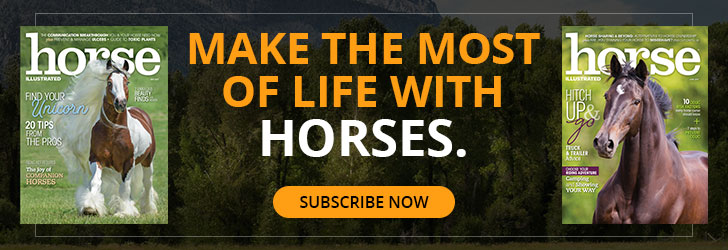
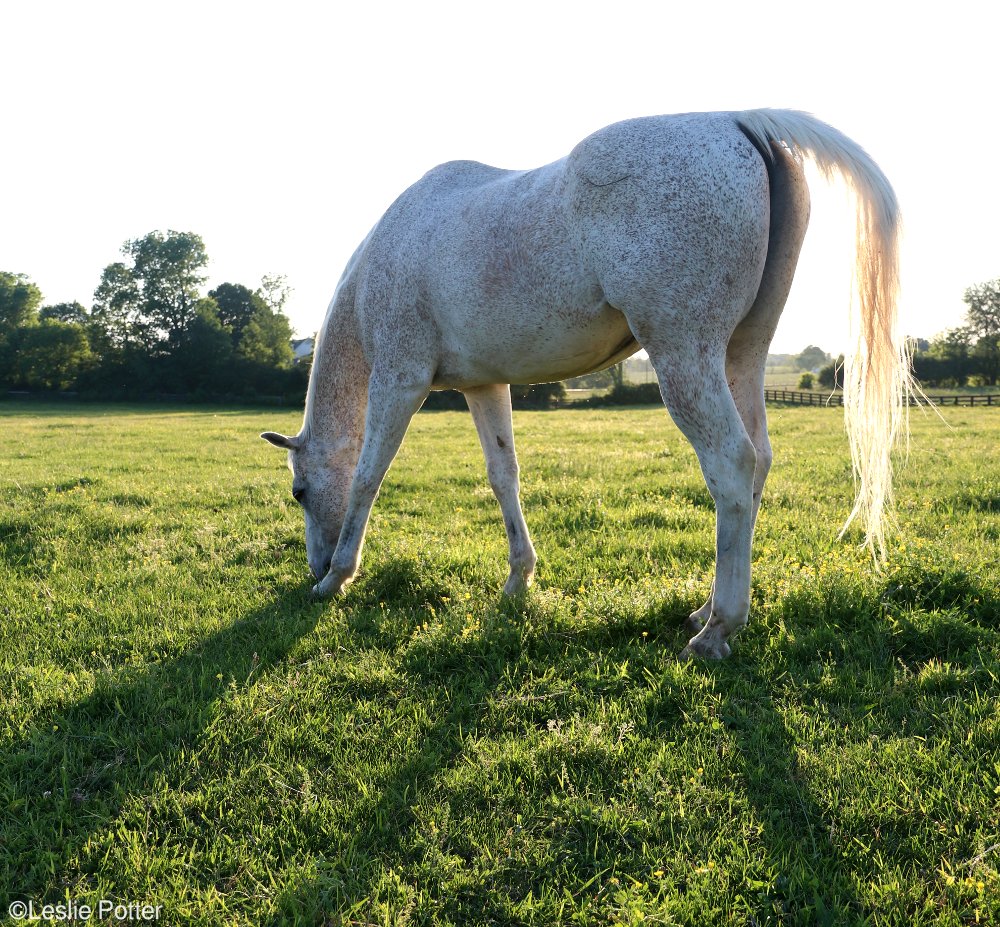
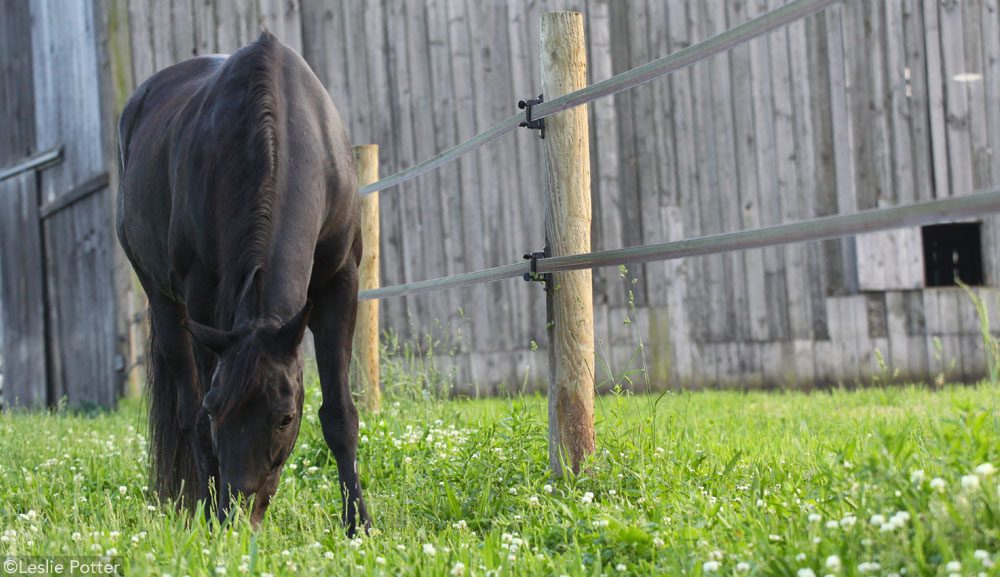
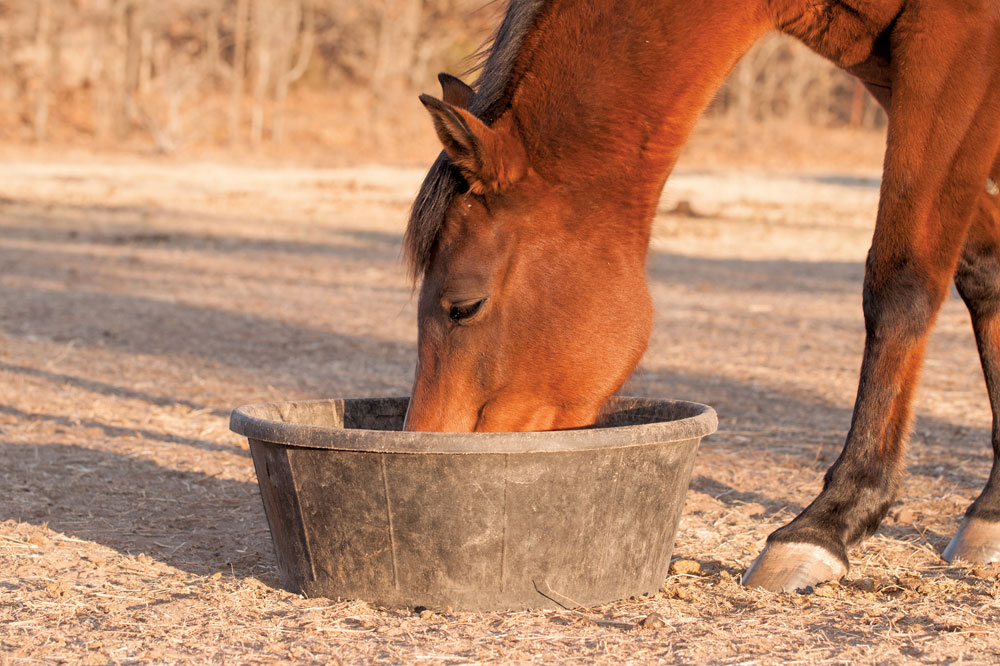

Interesting! I hope that everyone has a great and safe weekend!